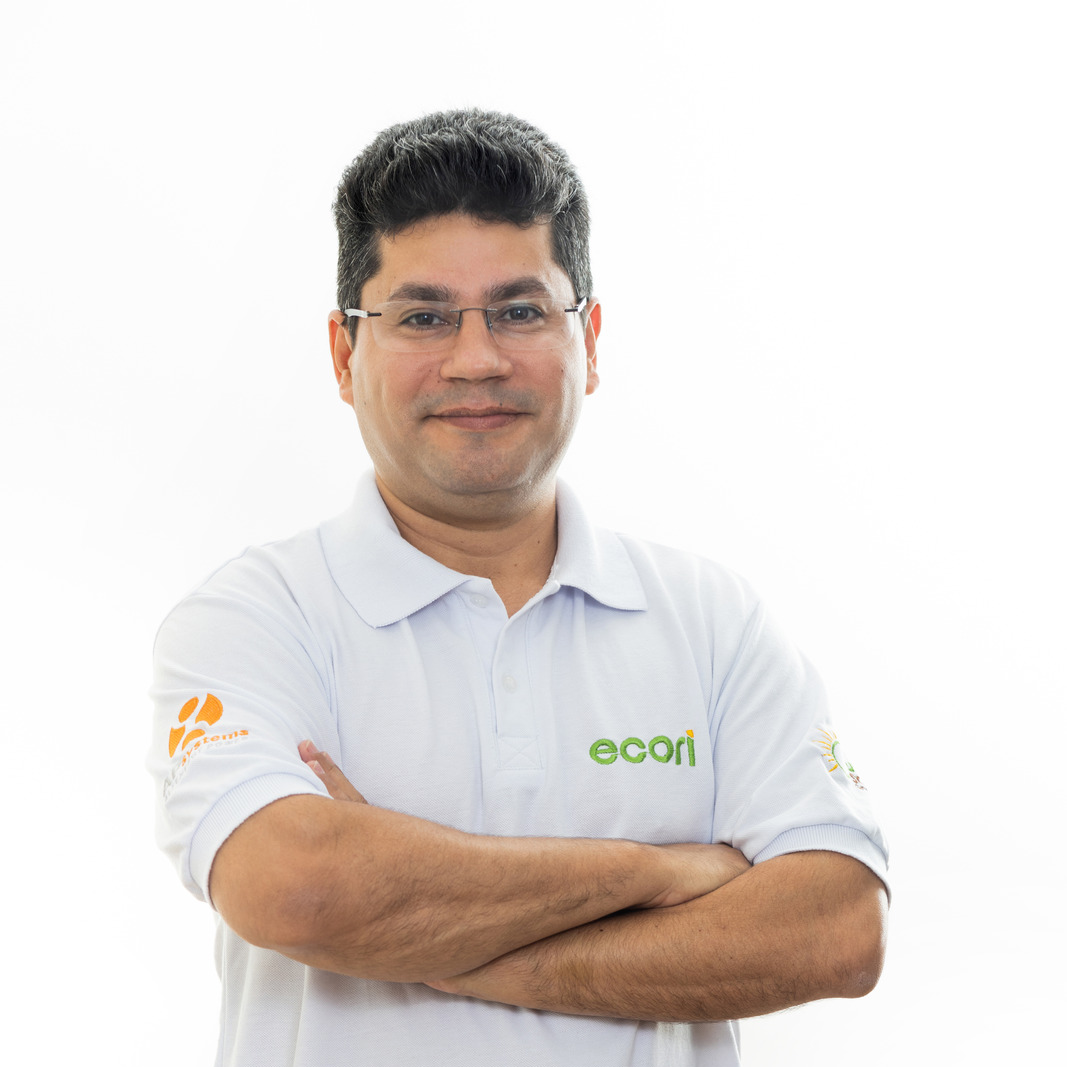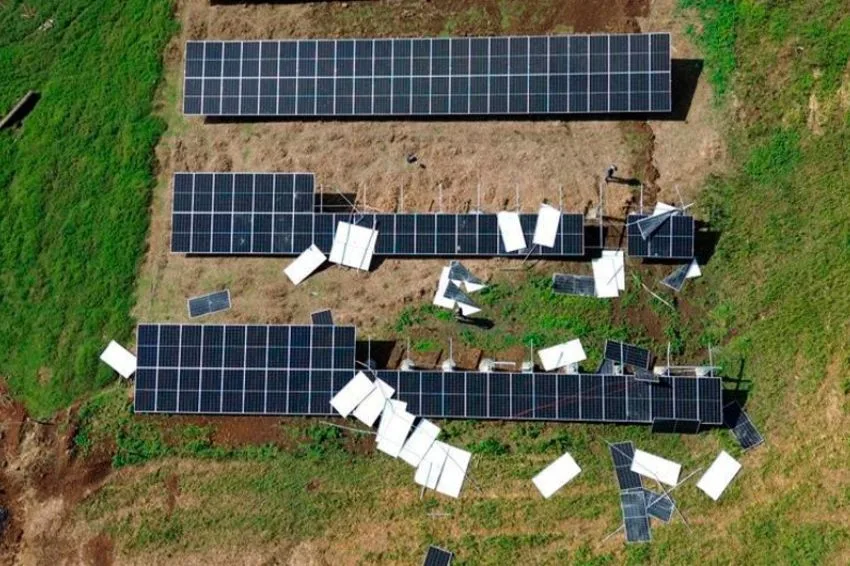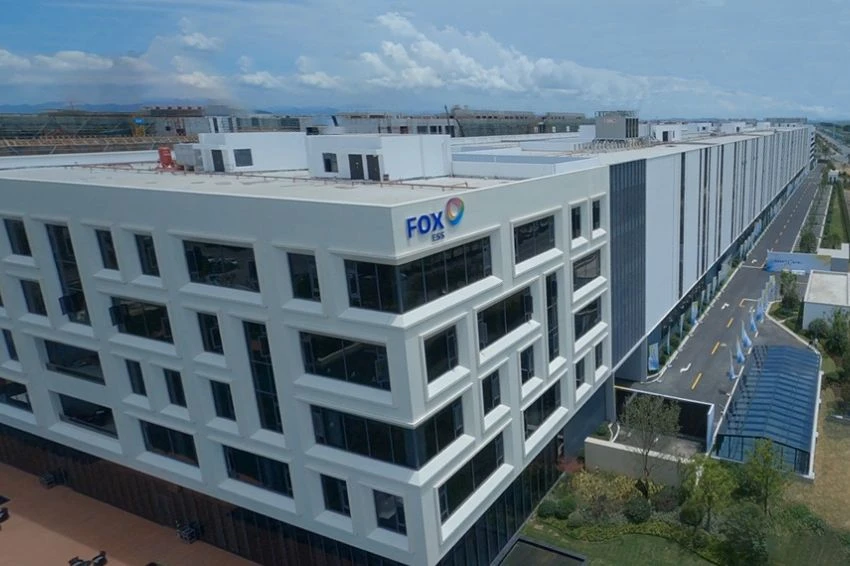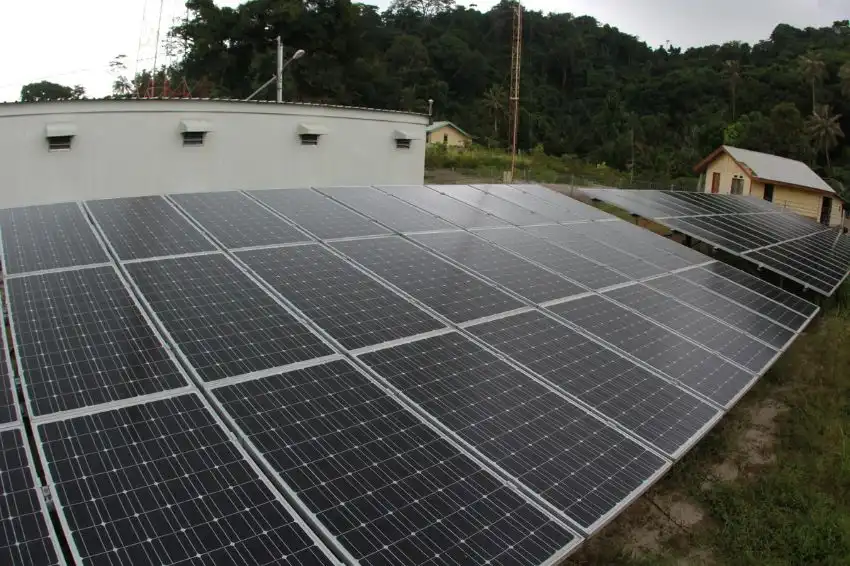The Brazilian photovoltaic solar energy market has experienced an accelerated increase in module powers. As panels have increasingly higher powers, consequently, their size, efficiency and current also increase.
To give you an idea, until the end of 2020 the market had options for modules with powers of around 435 W, but the supply of 330 W panels was still abundant. At the very beginning of 2021, with the presence of 535W modules, some technological barriers had to be overcome.
This is because those with powers from 500W started to overcome the barrier of 12 amps (A) of short circuit current (ISC). Thus, as the 535 W modules had an ISC greater than 13.7 A.
This considerable increase in the ISC of solar panels provoked a race among photovoltaic inverter manufacturers to adapt their maximum input current to the new reality in the sector.
In March 2021, Ecori presented a video showing the first result of this race, which would be the QS1A microinverter, with a maximum input current of up to 15 A, compatible with JA Solar's 535W modules.
At the beginning of 2022, history repeated itself with the launch of the 665 W Leapton modules on the Brazilian market, whose ISC is 18.31 A. Ecori again presented a compatible solution, with the DS3D and QT2D microinverters, with maximum current 20 A input.
A new race has begun among inverter manufacturers to present solutions compatible with the highest power modules on the Brazilian market.
The search for increasingly powerful panels is a demand from Brazilian consumers. This choice is justified when we look at the LCOE (Levelized Cost Of Energy – Levelized Cost of Energy).
Basically, the LCOE presents a relationship R$/kWh, that is, it is possible to analyze the lowest cost in reais for a given generation in kWh over the useful life of the system. Higher power photovoltaic modules directly contribute to a lower LCOE.
However, keeping up with the increase in panel Isc is not an easy task for inverter manufacturers. Increasing the maximum input current requires a review of the electronic design, as it is necessary to replace electronic components to support these new current levels.
To give you an idea of the degree of difficulty, there are large manufacturers that have just launched solutions with a maximum input current of 15 A and manufacturers that have presented solutions with input currents of up to 20 A are still rare.
There is also another less conventional practical approach: some manufacturers and distributors are declaring equipment compatibility even though the module's Isc is greater than the inverter's maximum input current.
If this did not cause any side effects, that would be fine, but in these cases the inverter will never be able to extract the maximum current from the photovoltaic module, as the inverter will be limited to its maximum input current.
The consumer will not invest in a more modern module in exchange for a limitation on their energy production.
Another side effect that sometimes does not reach the end consumer is the limitation of the equipment warranty.
Some manufacturers inform in fine print that their inverters, when used with modules whose Isc is greater than the inverter's maximum input current, will have restrictions on their warranty, both in the standard warranty and in the extended warranty.
It is very important to always be aware of the compatibility of inverters with the most modern modules. The most modern photovoltaic panels are the most desired because they have the lowest LCOE, but not every inverter is compatible with these higher power and higher efficiency modules.
Ecori, the largest distributor of APsystems in the world, continues to follow the accelerated movement towards the expansion of high-power modules, which is a global trend.
The DS3D and QT2D microinverters follow this movement and, more than that, keep the Brazilian market prepared for modules with even higher powers, seeking increasingly greater efficiency with lower LCOE.














